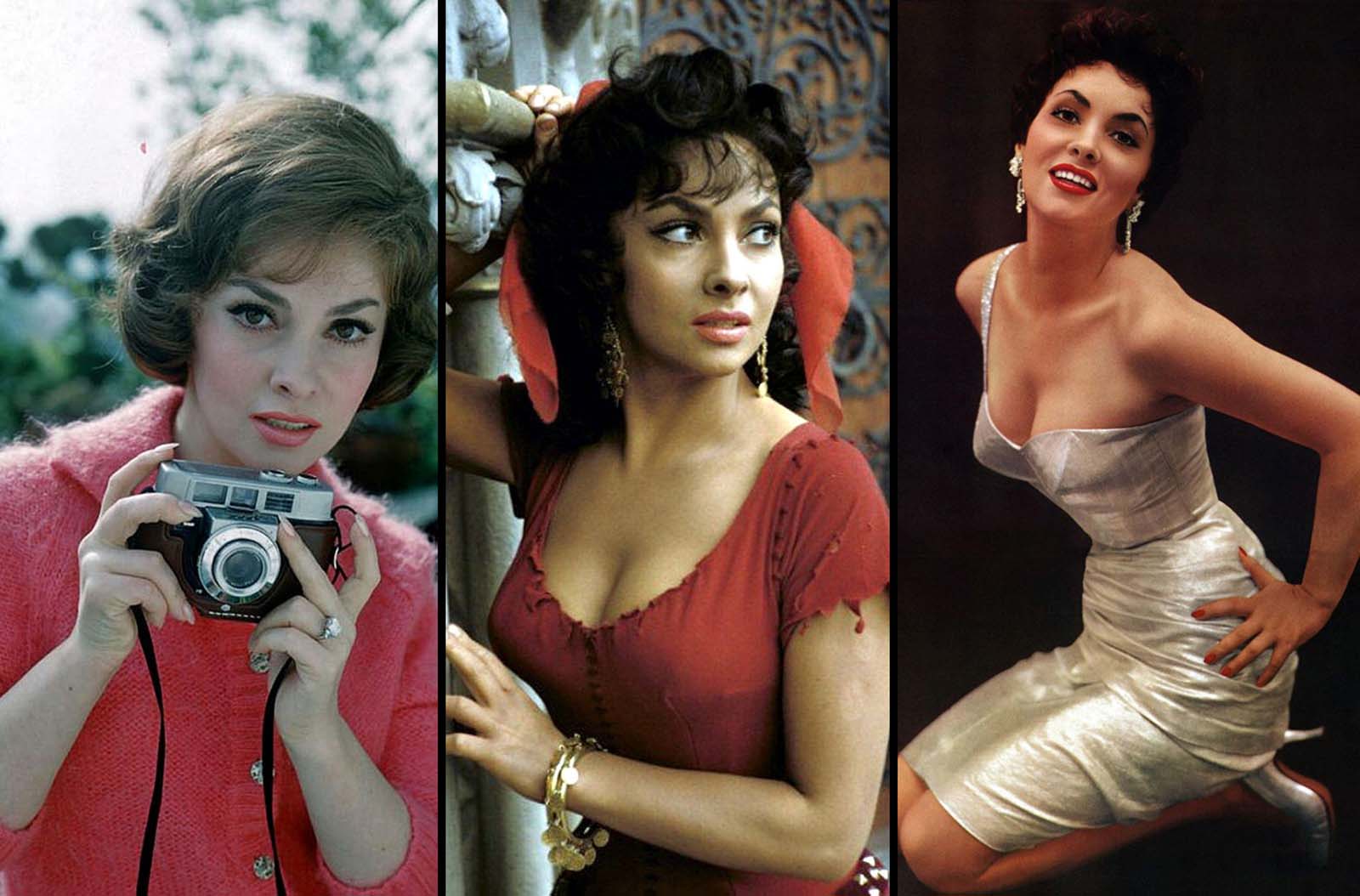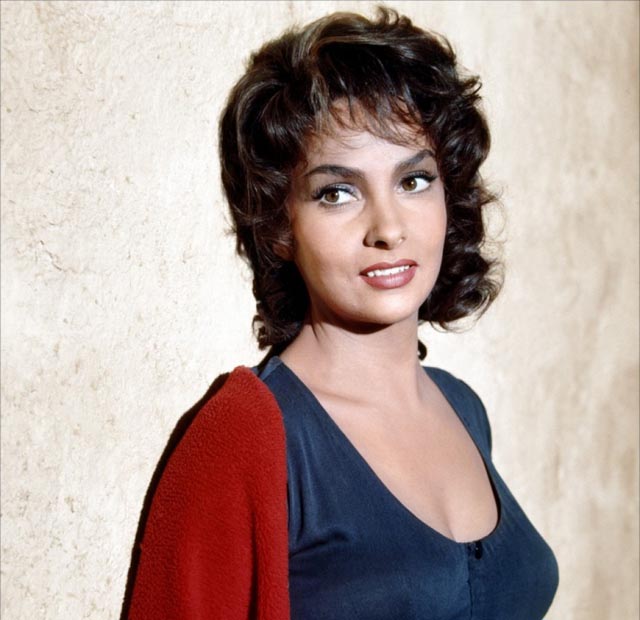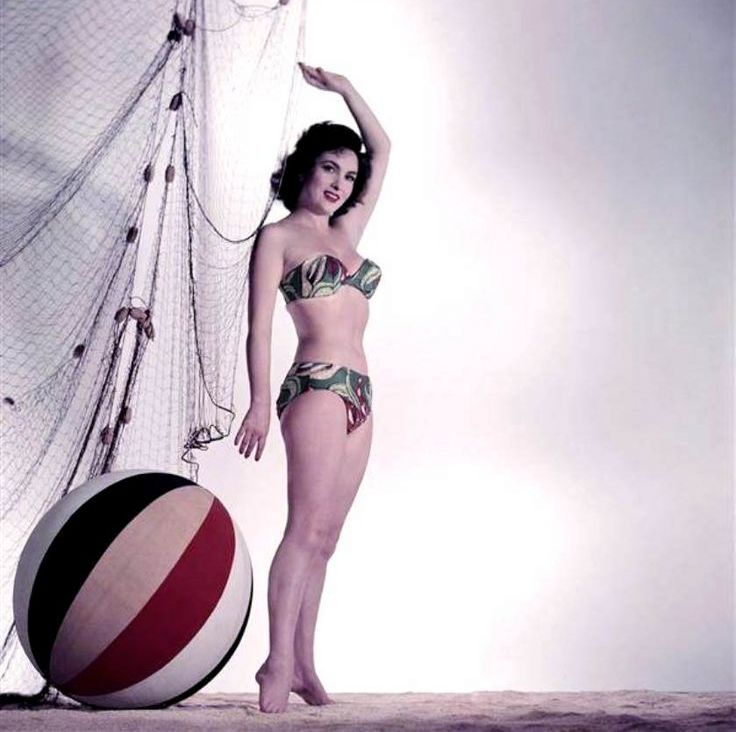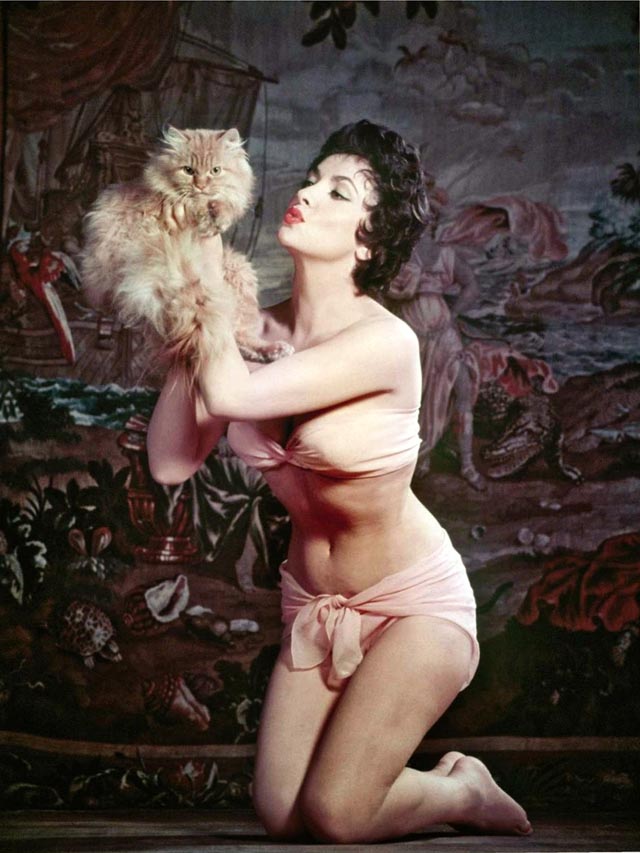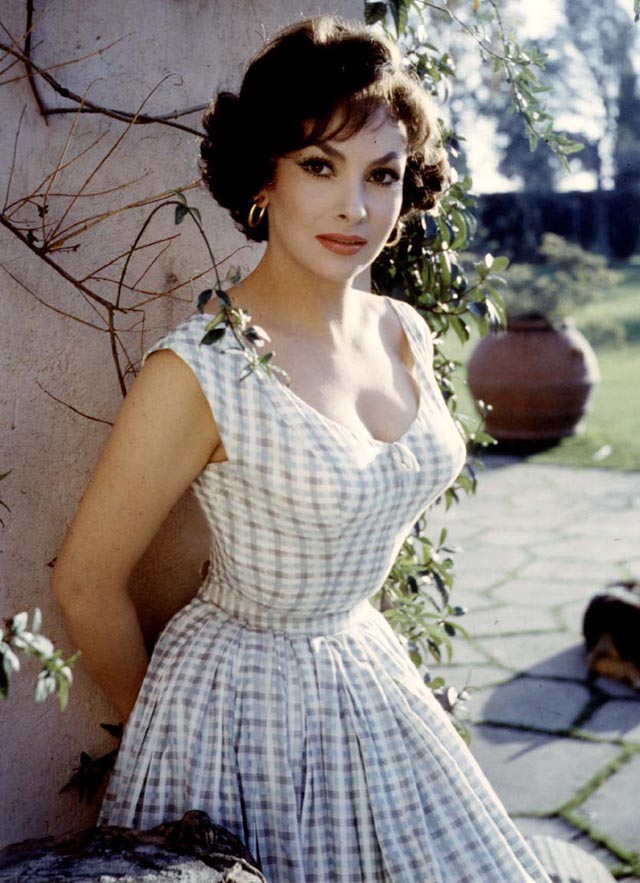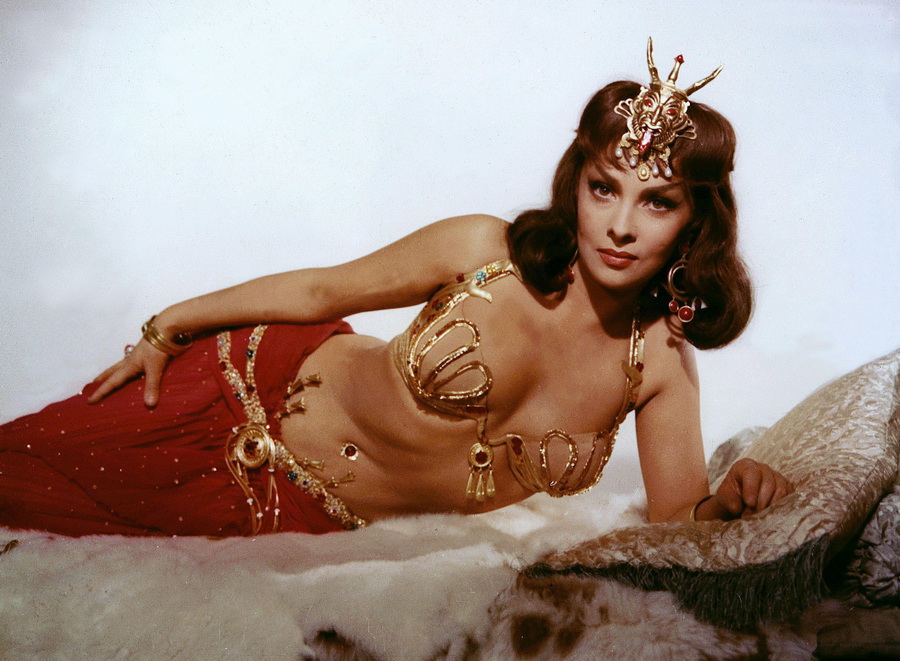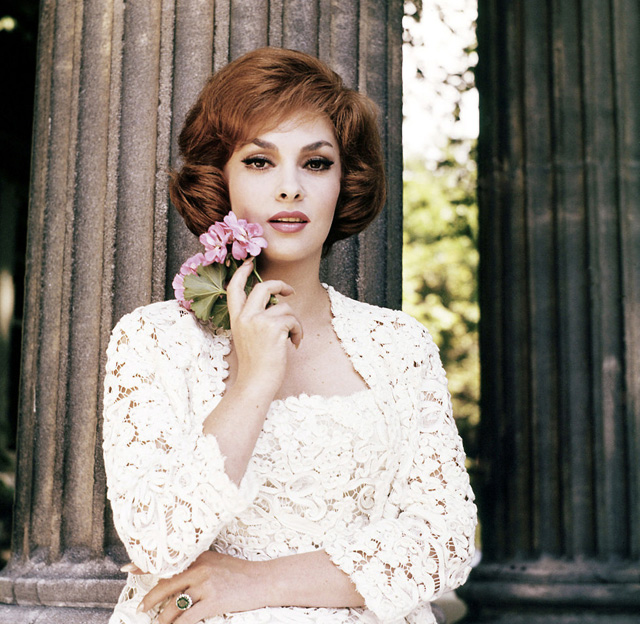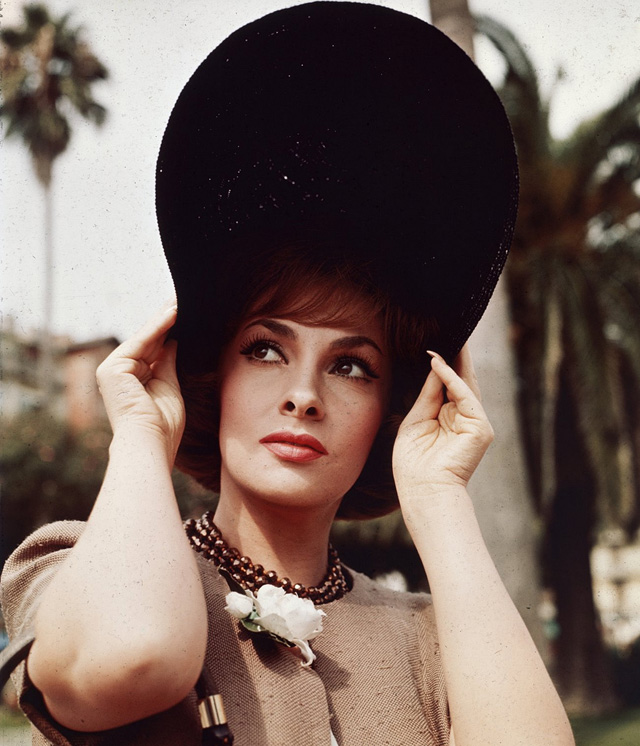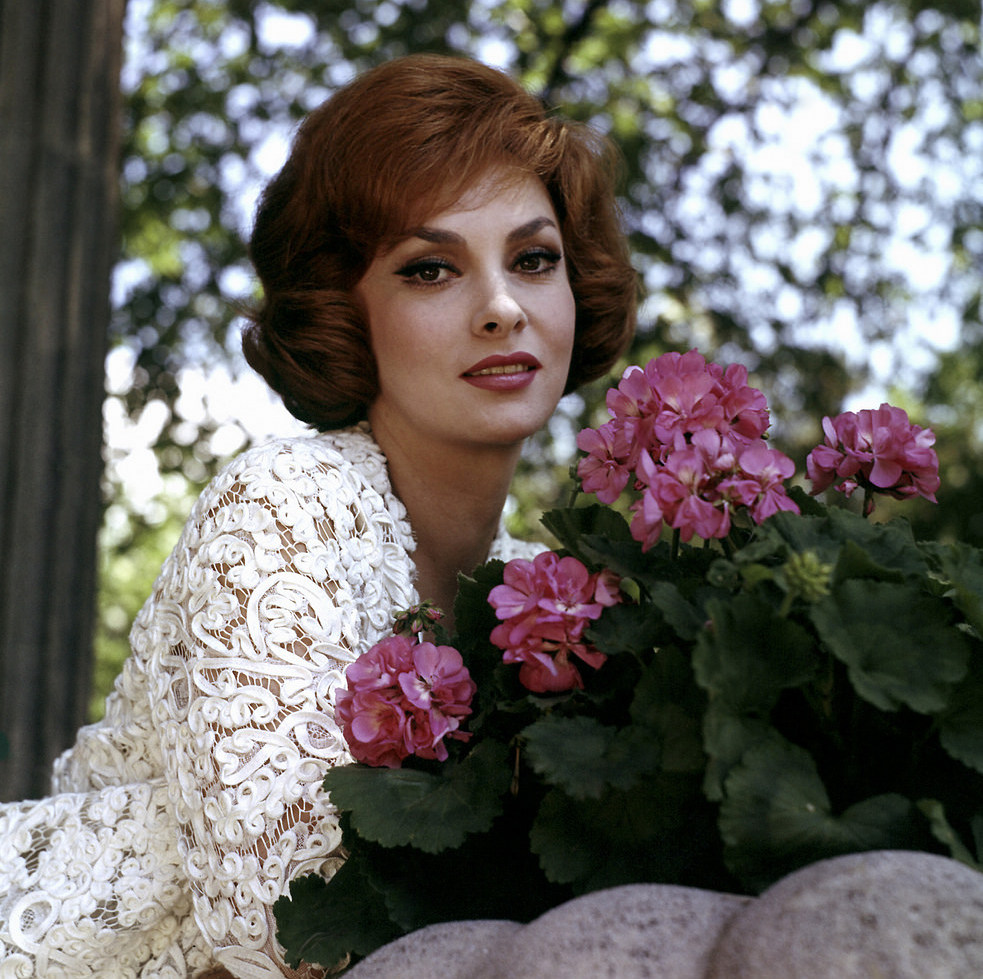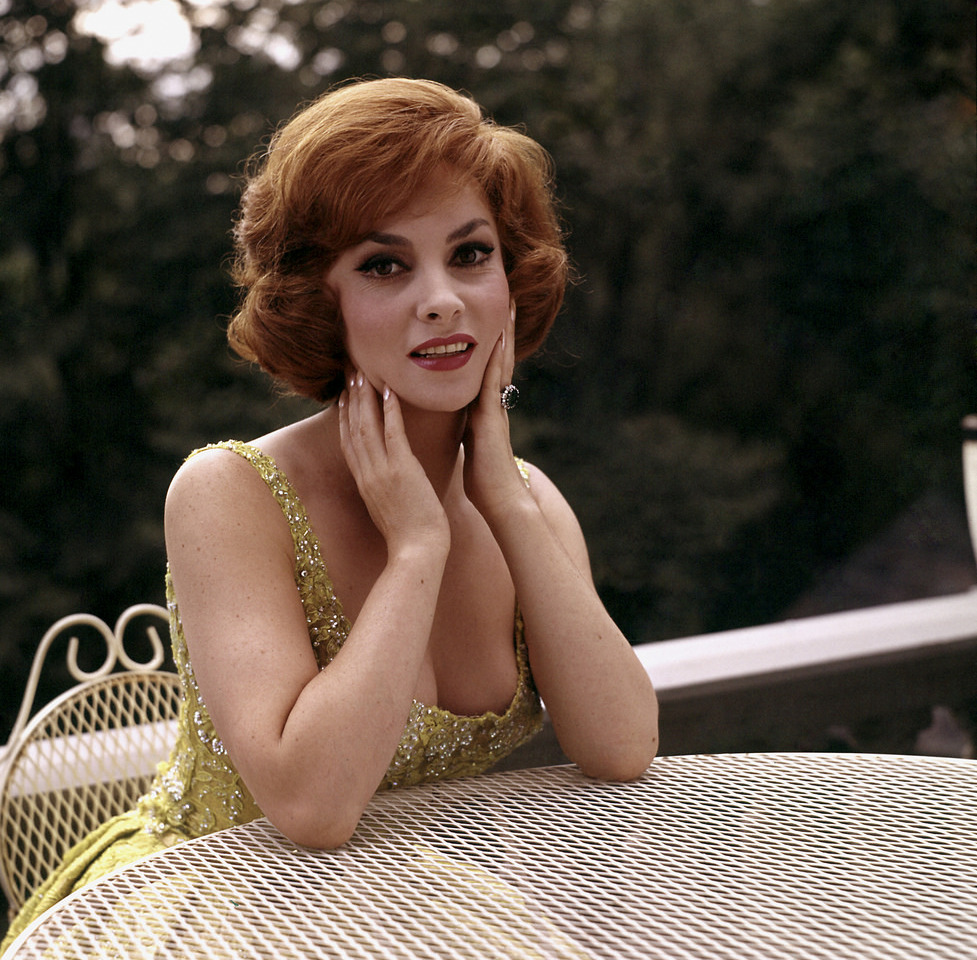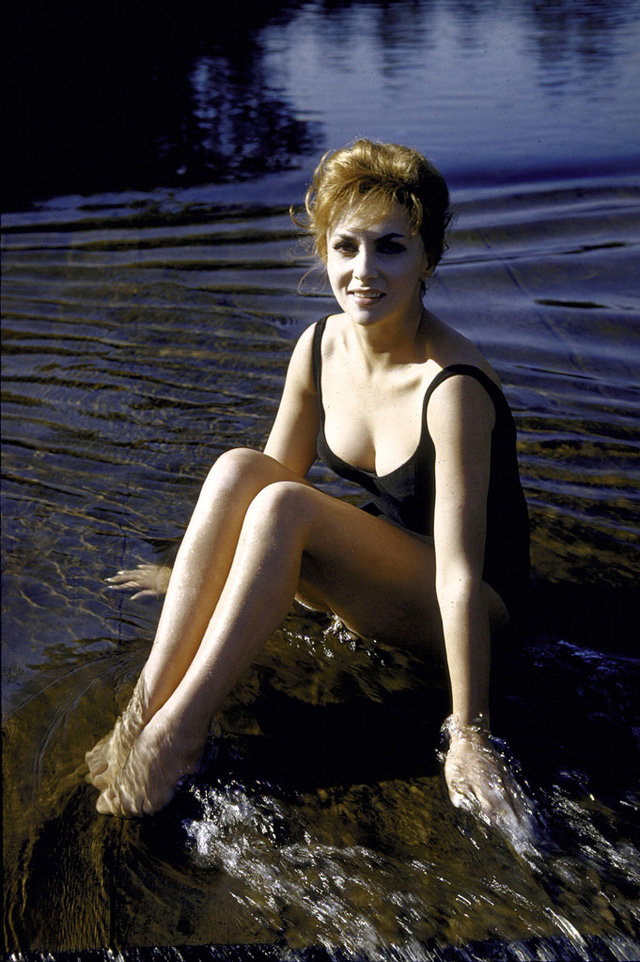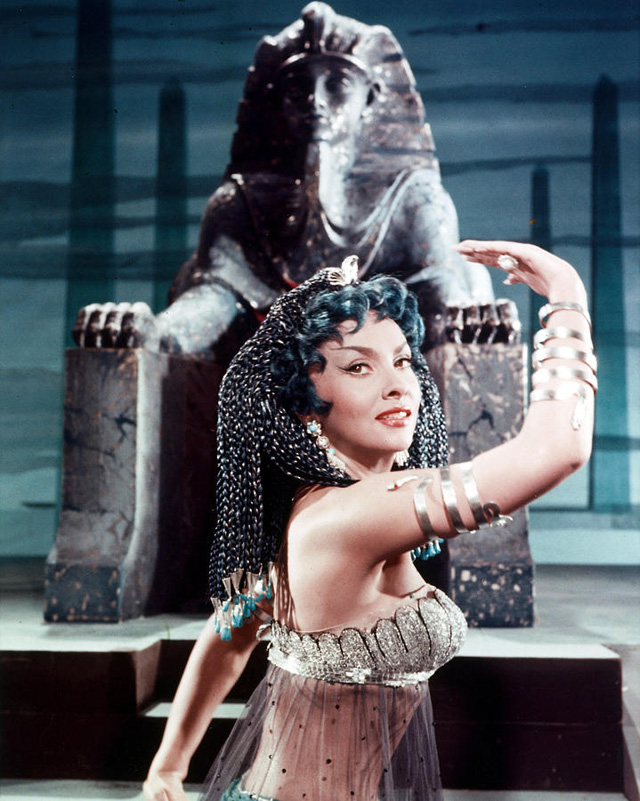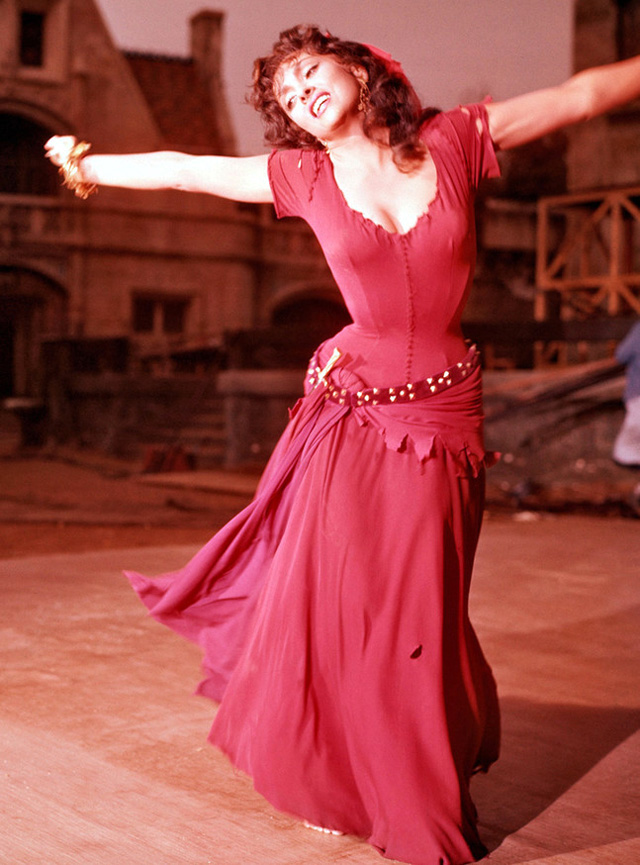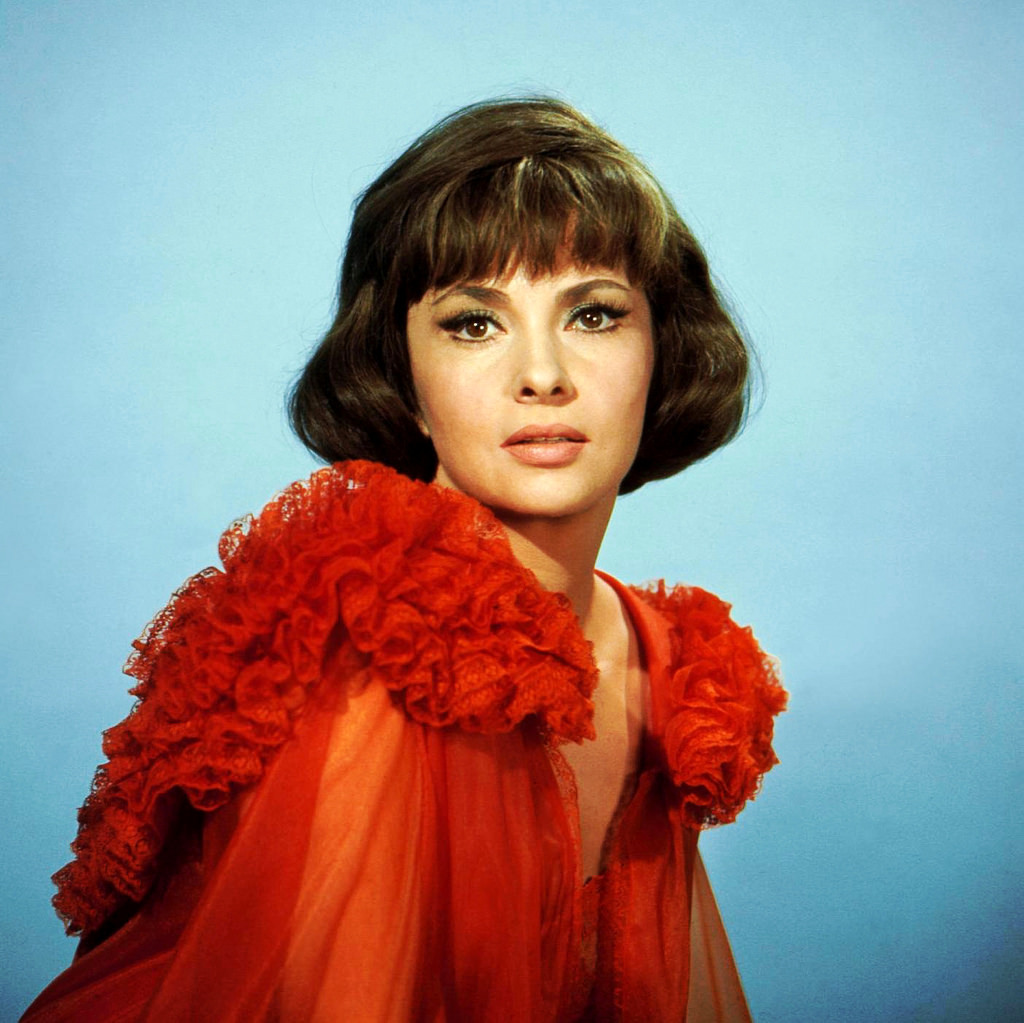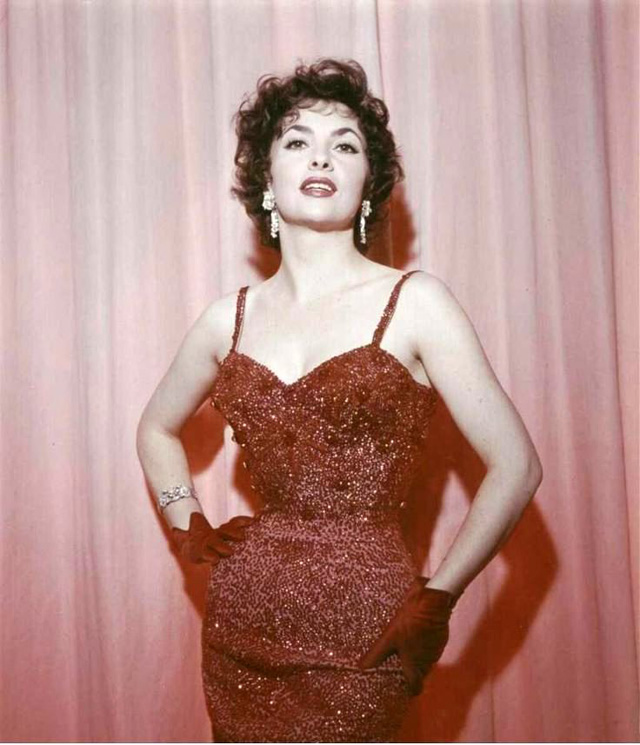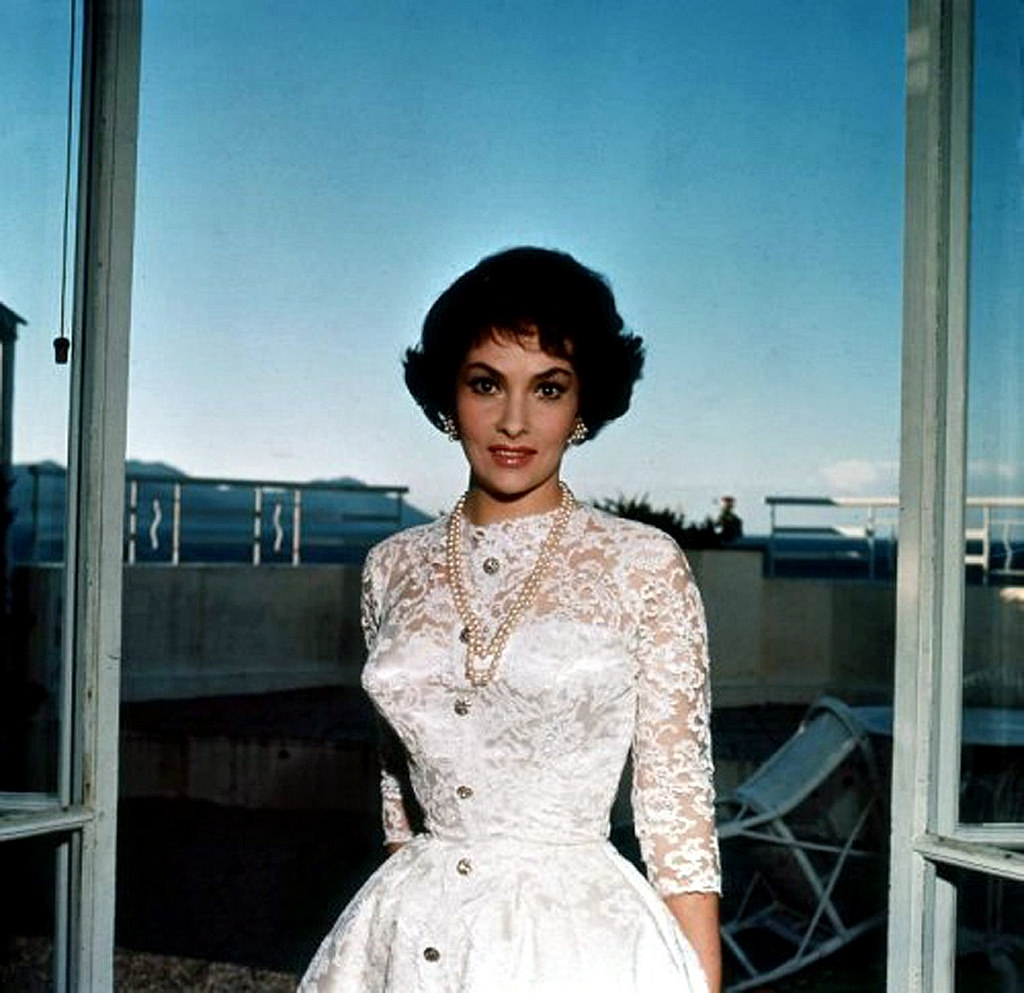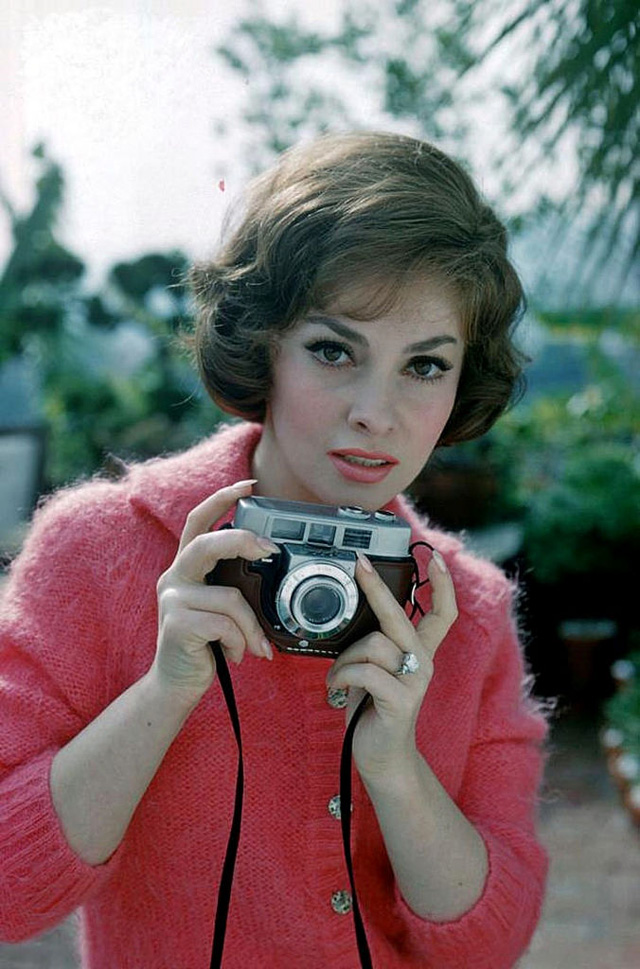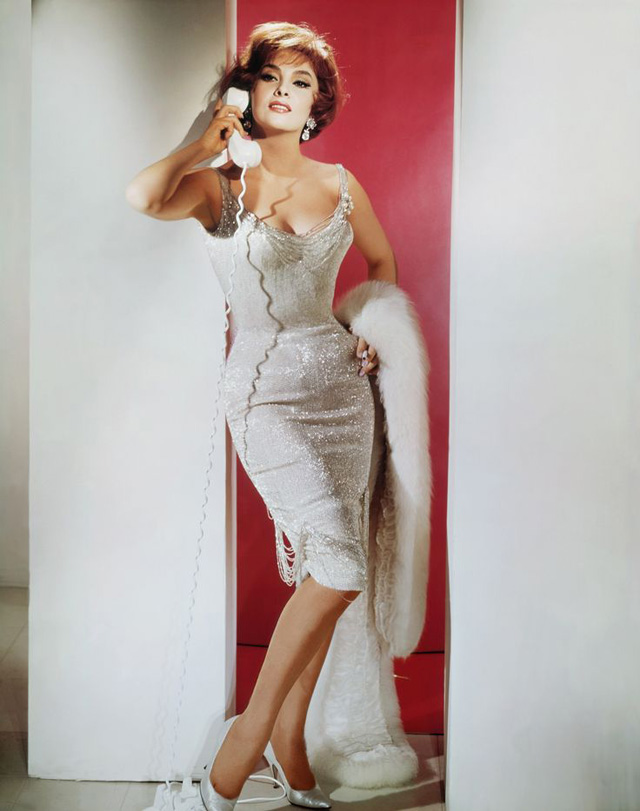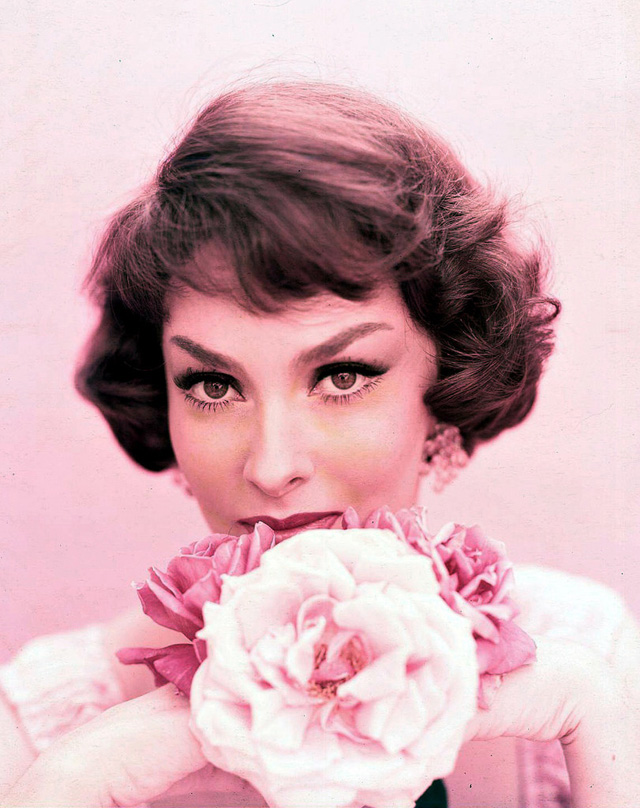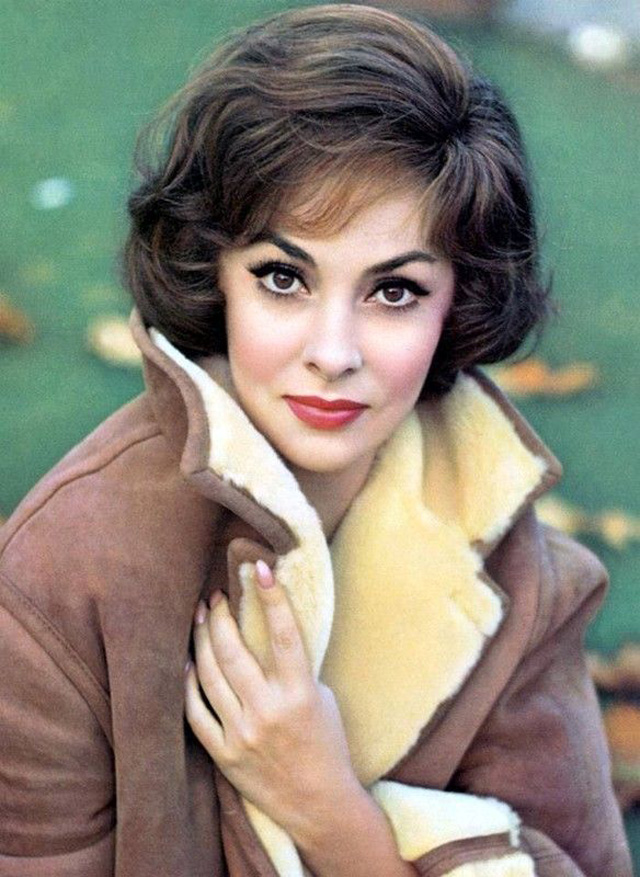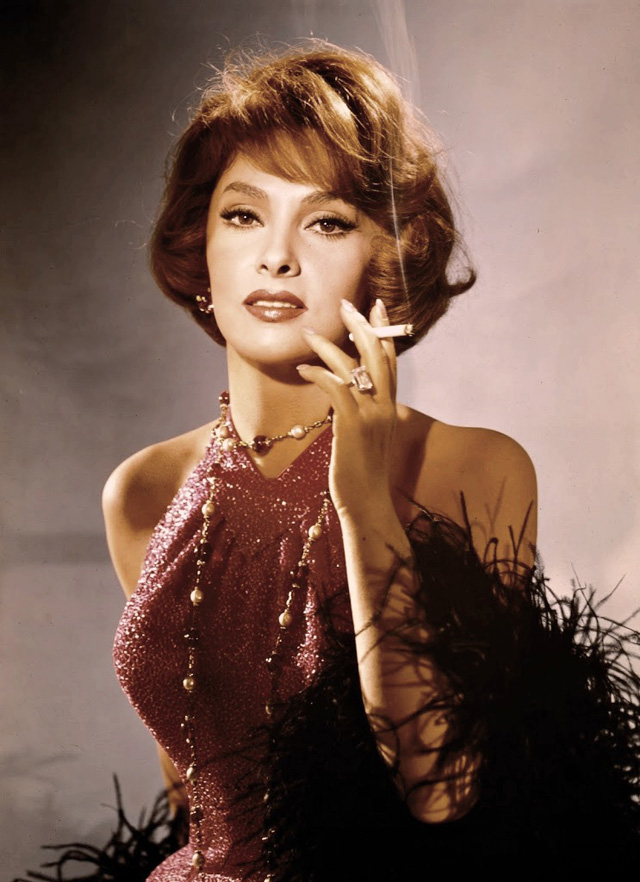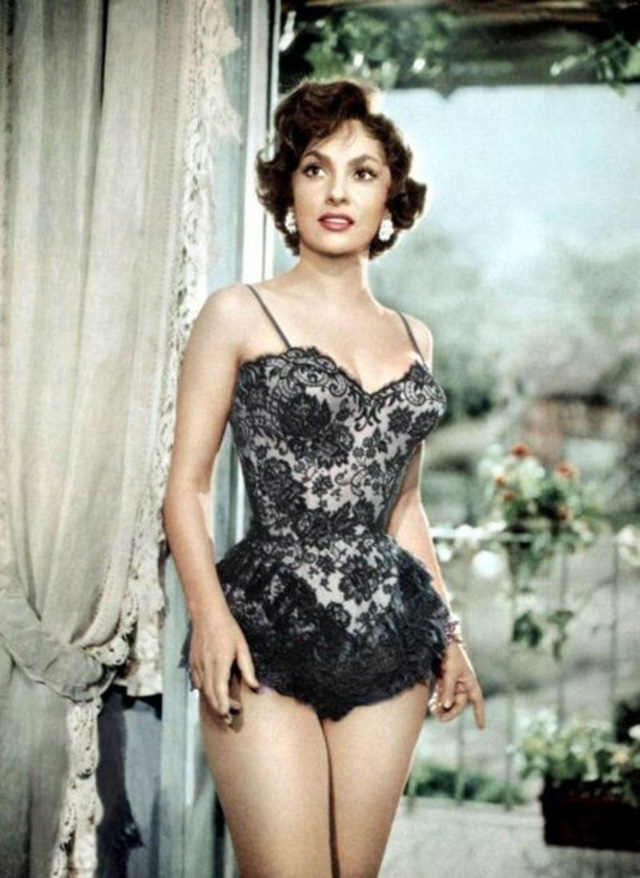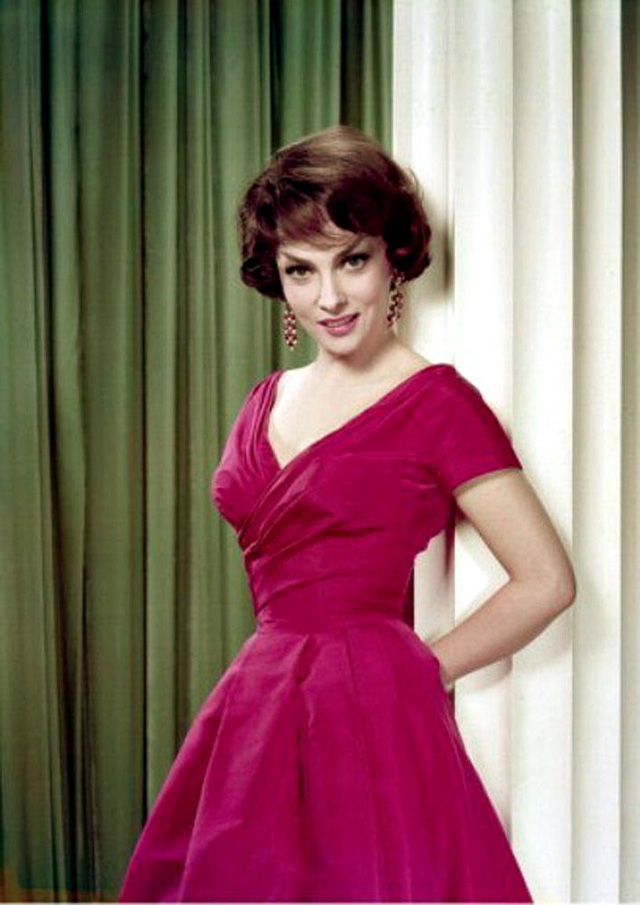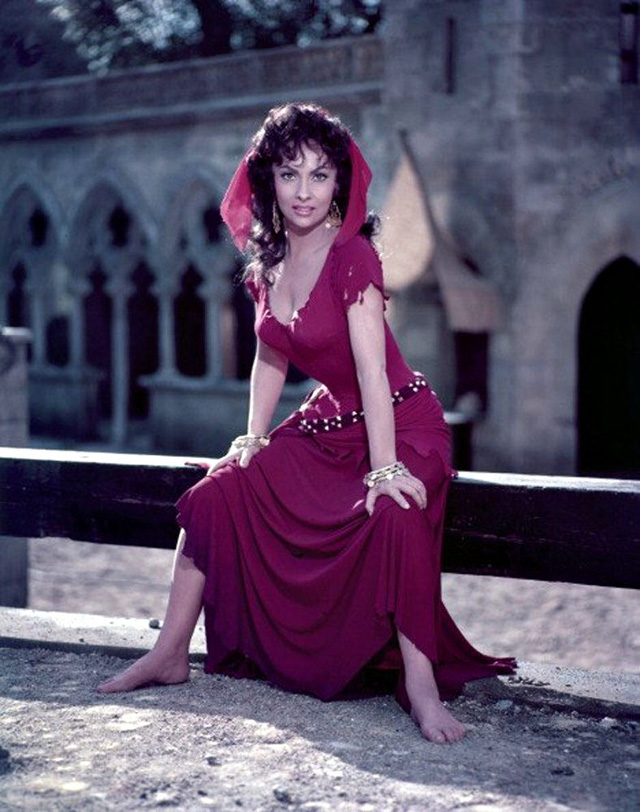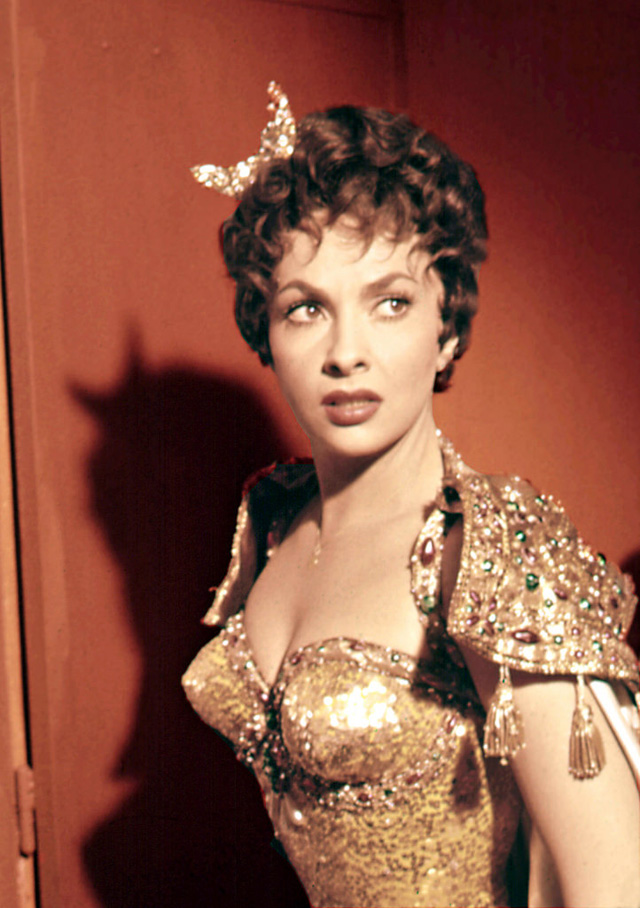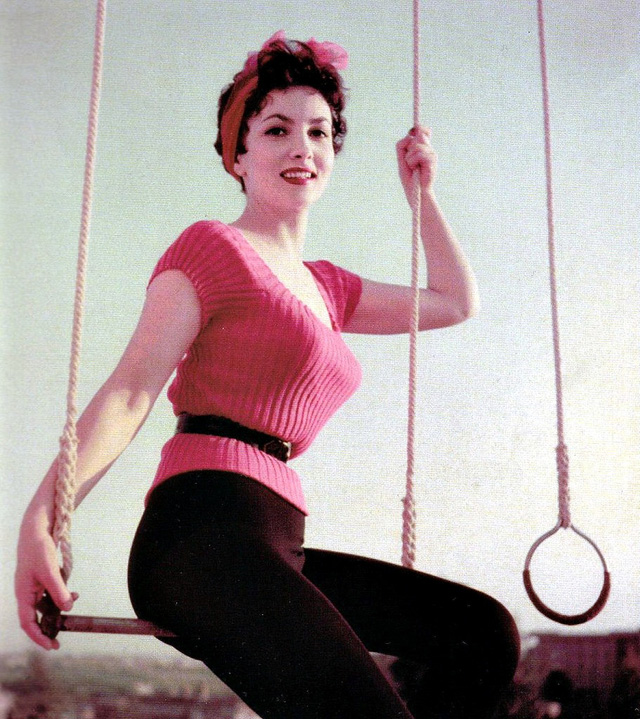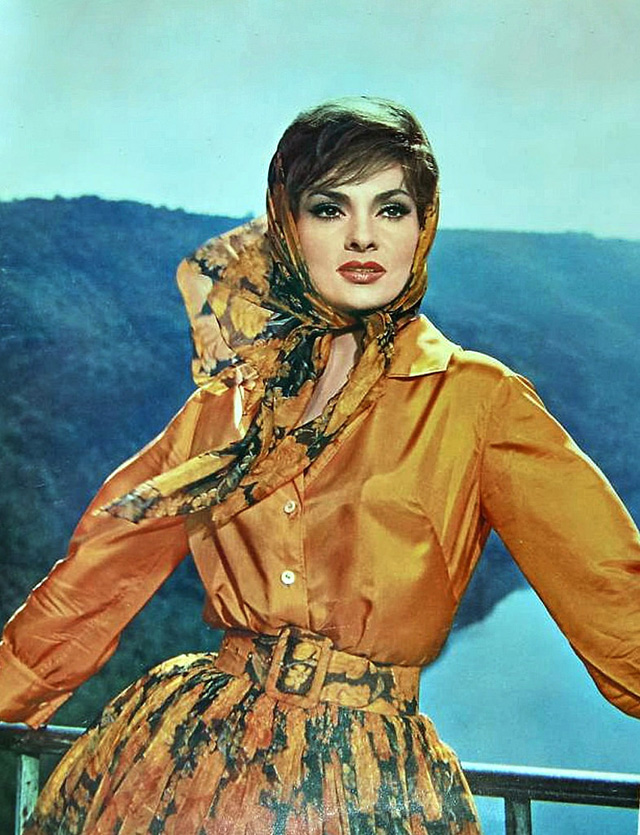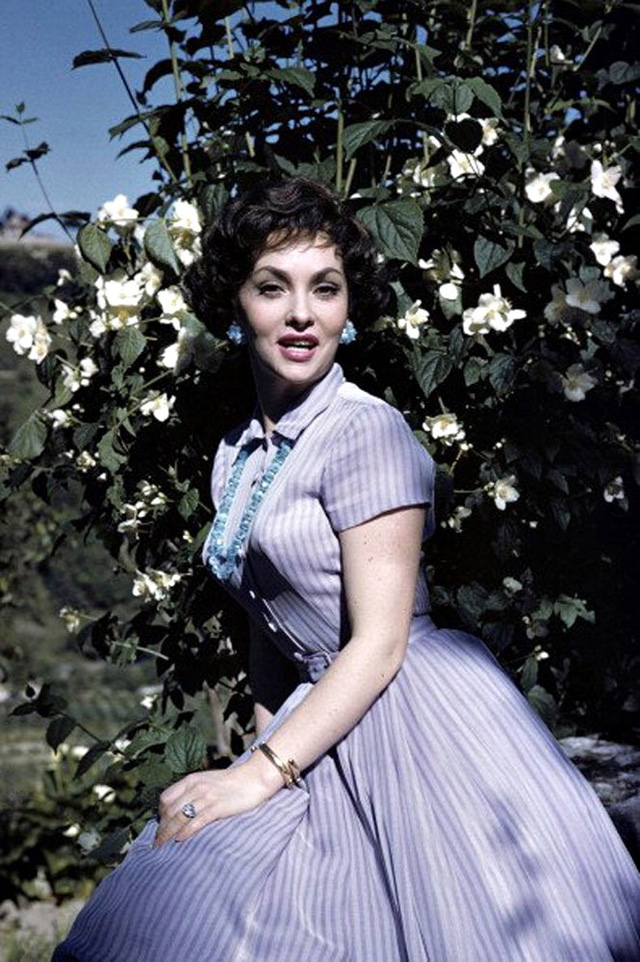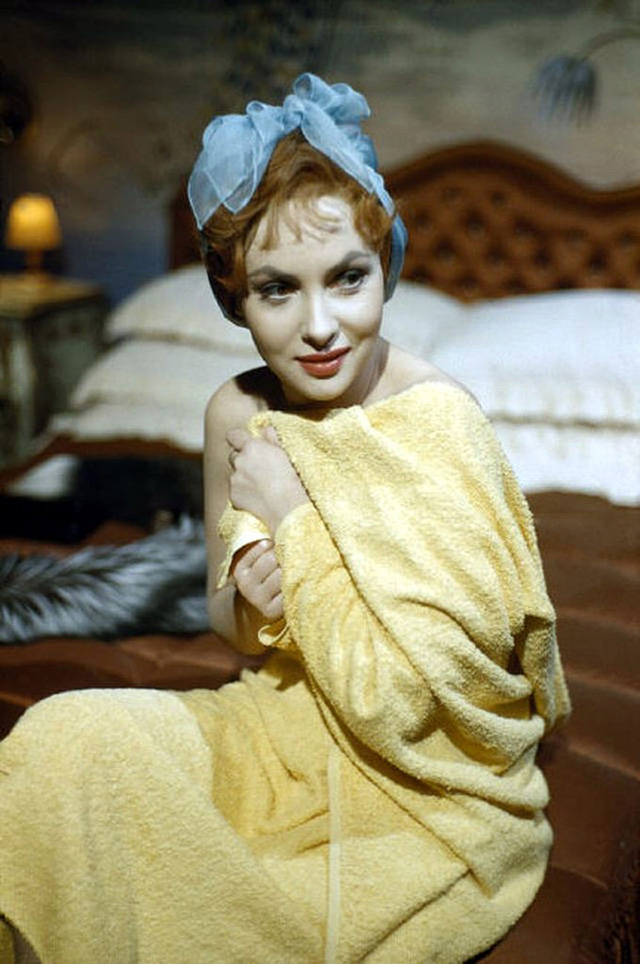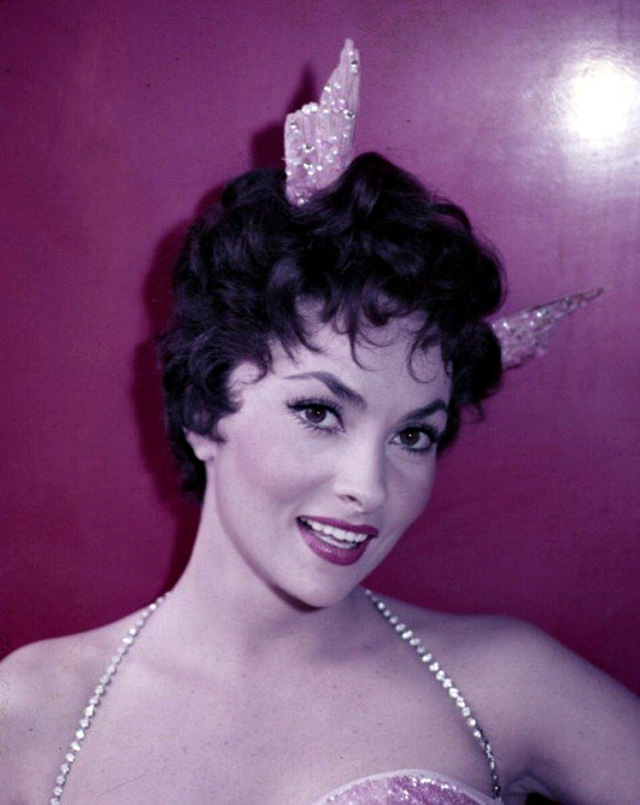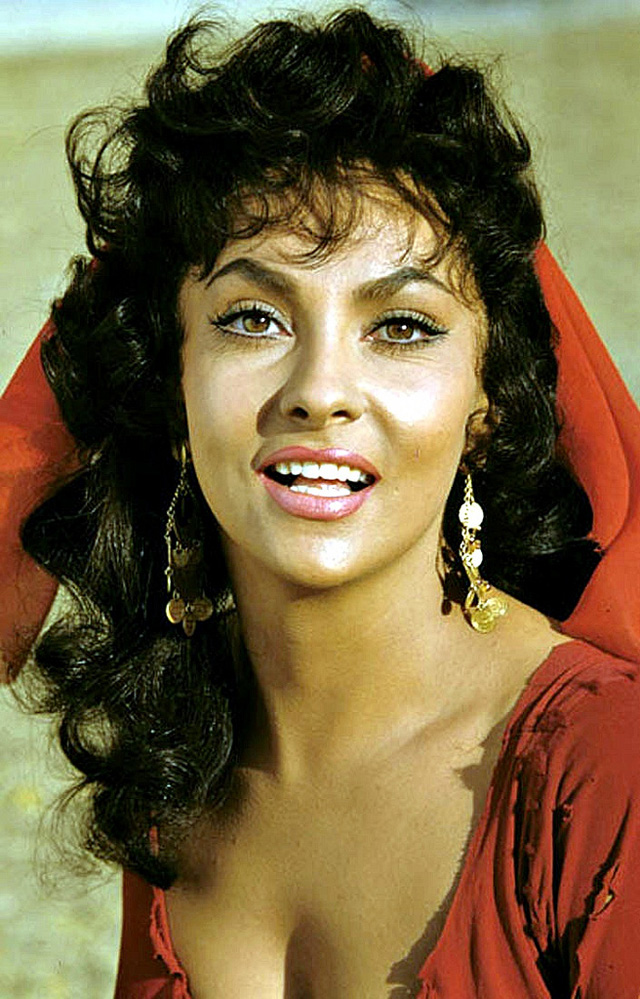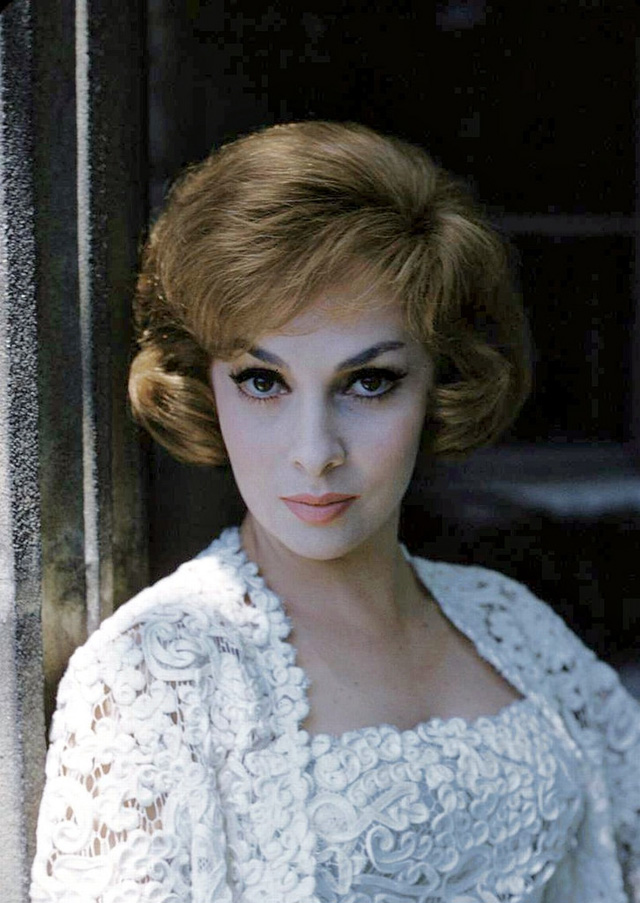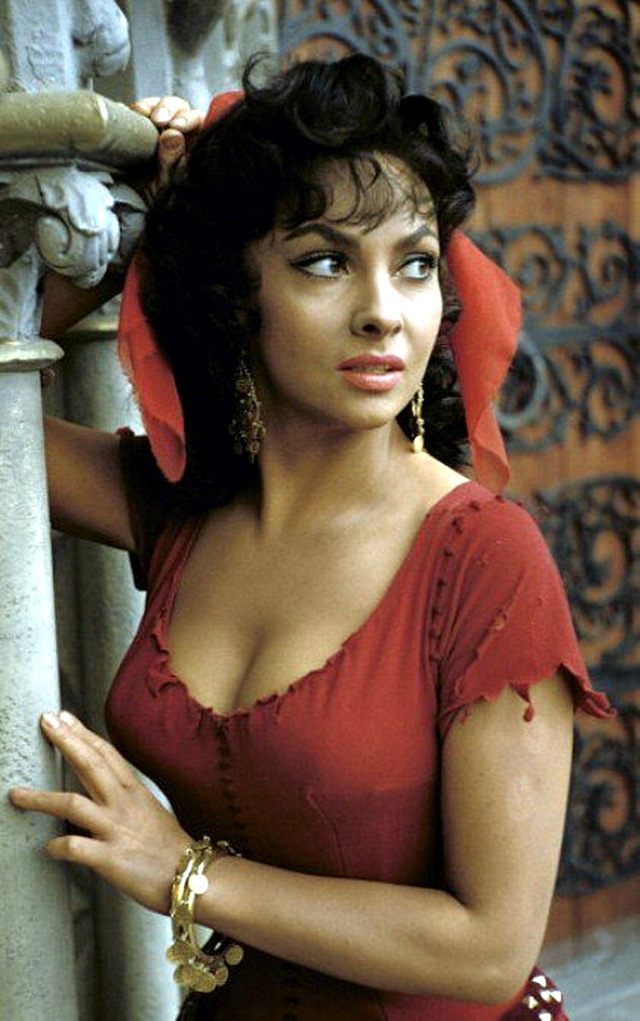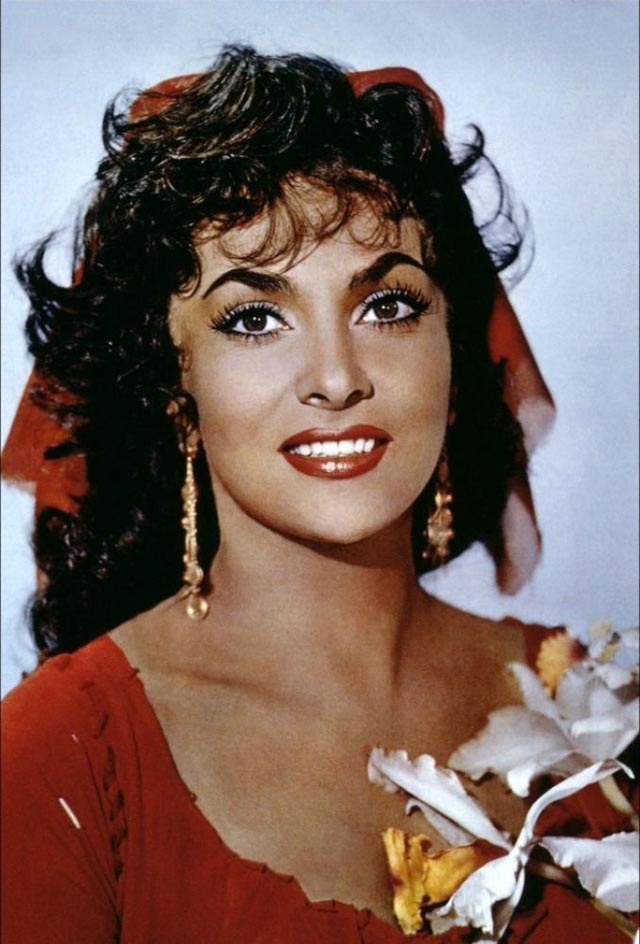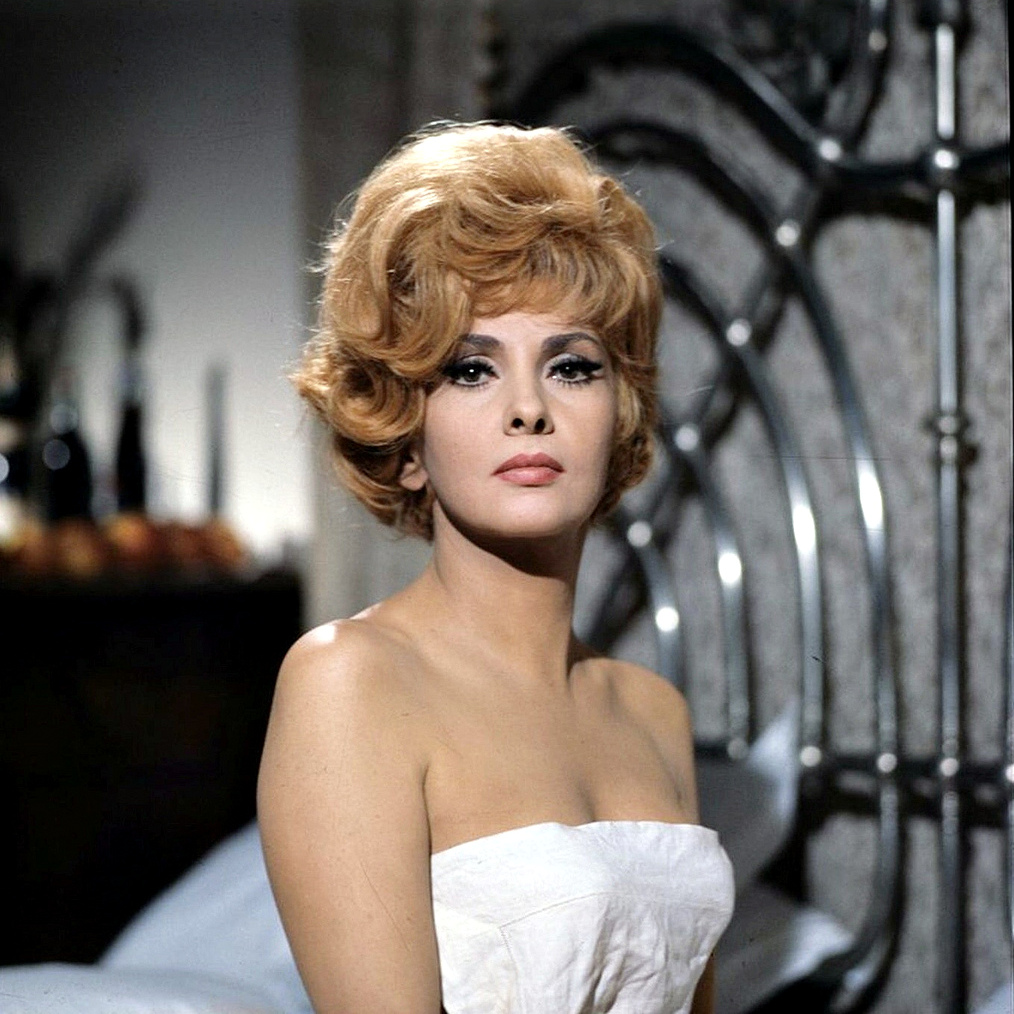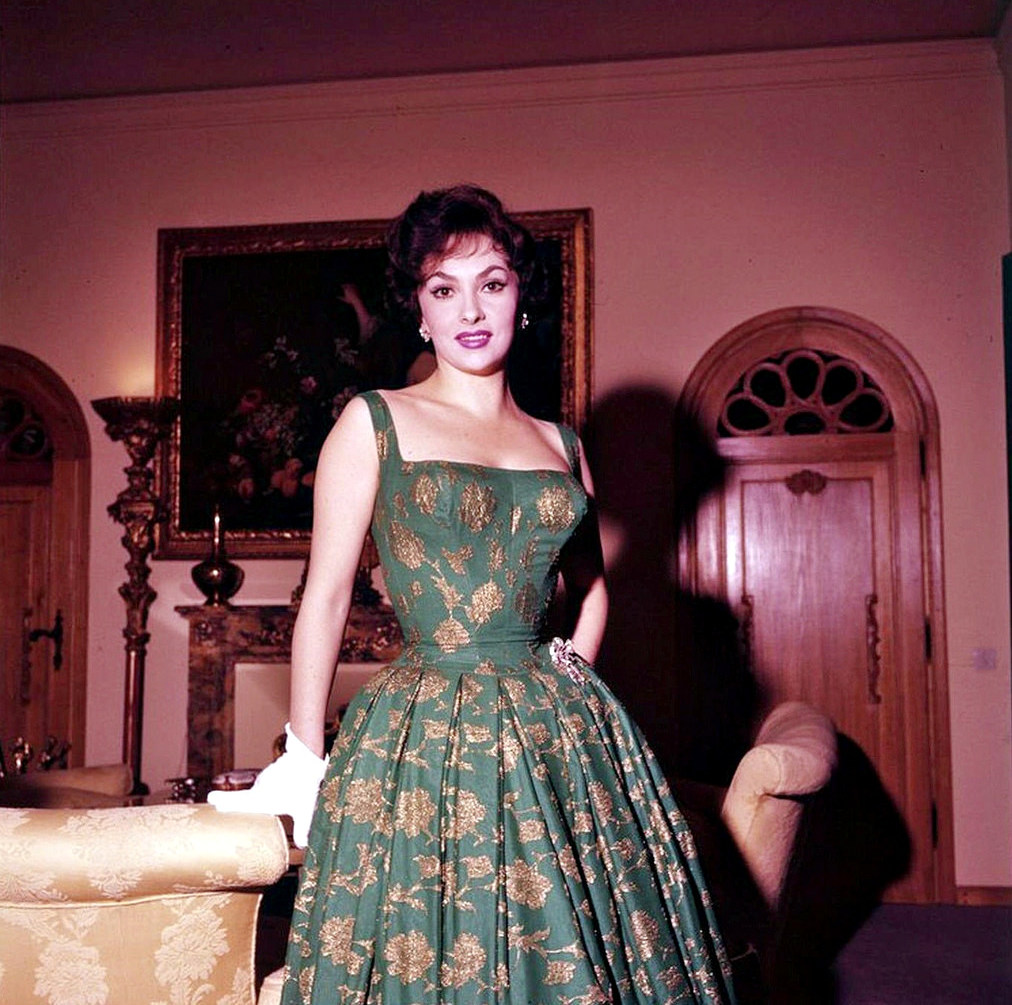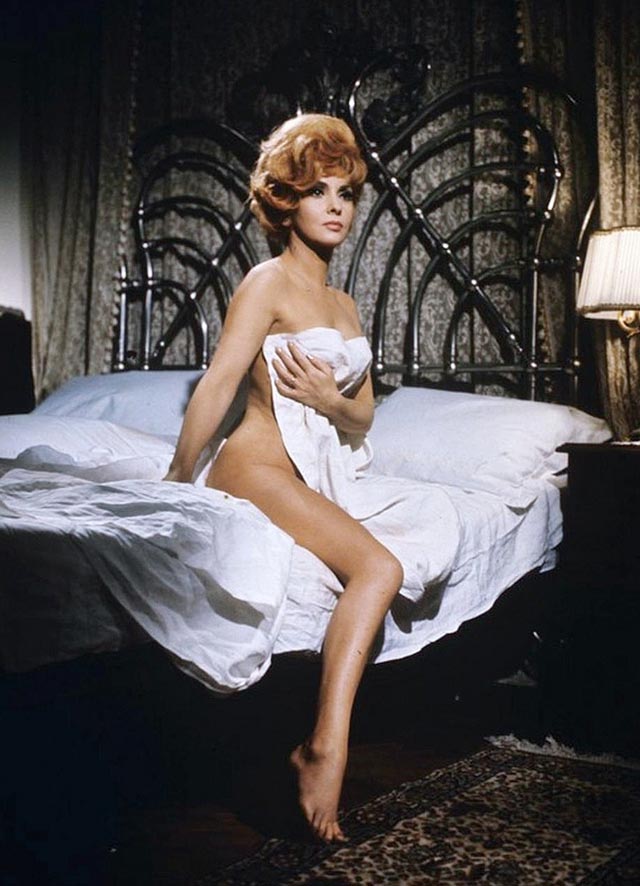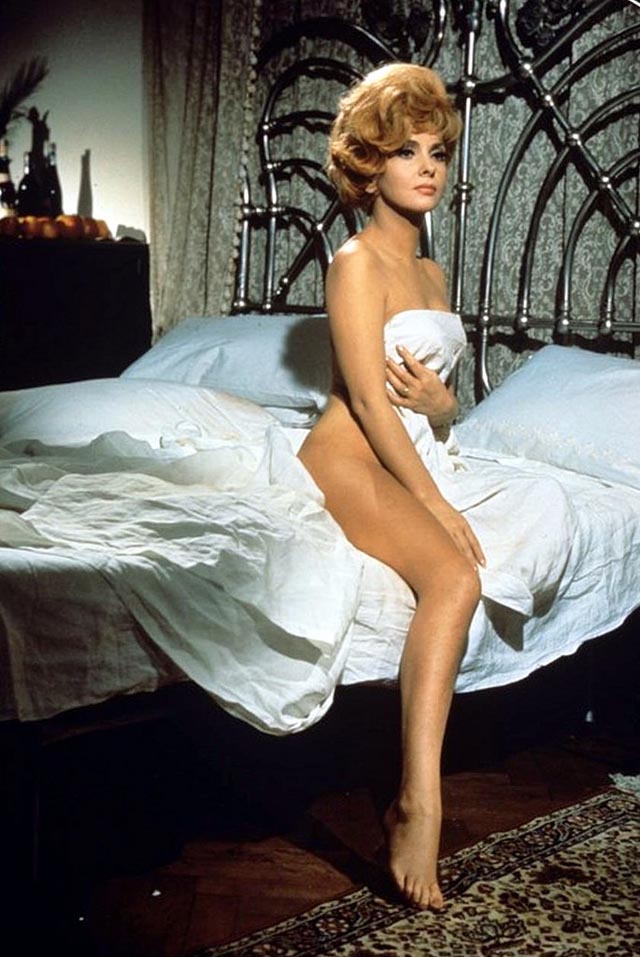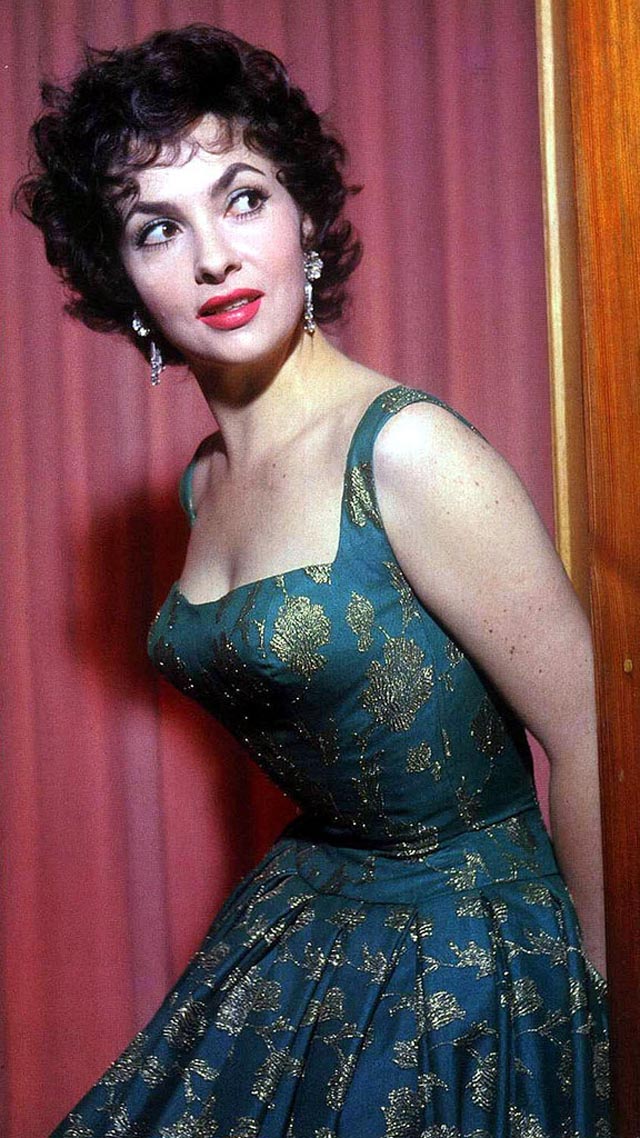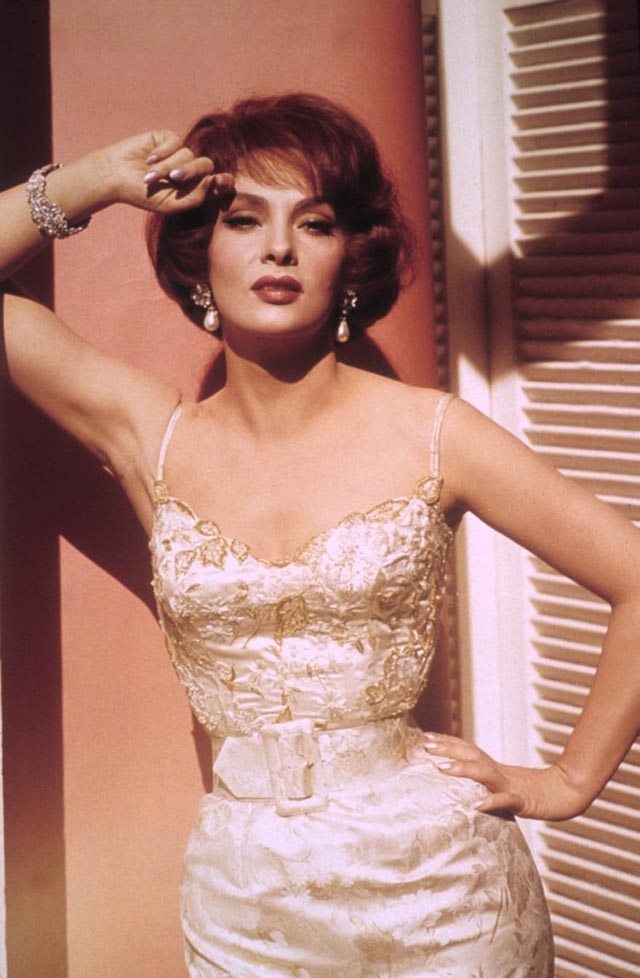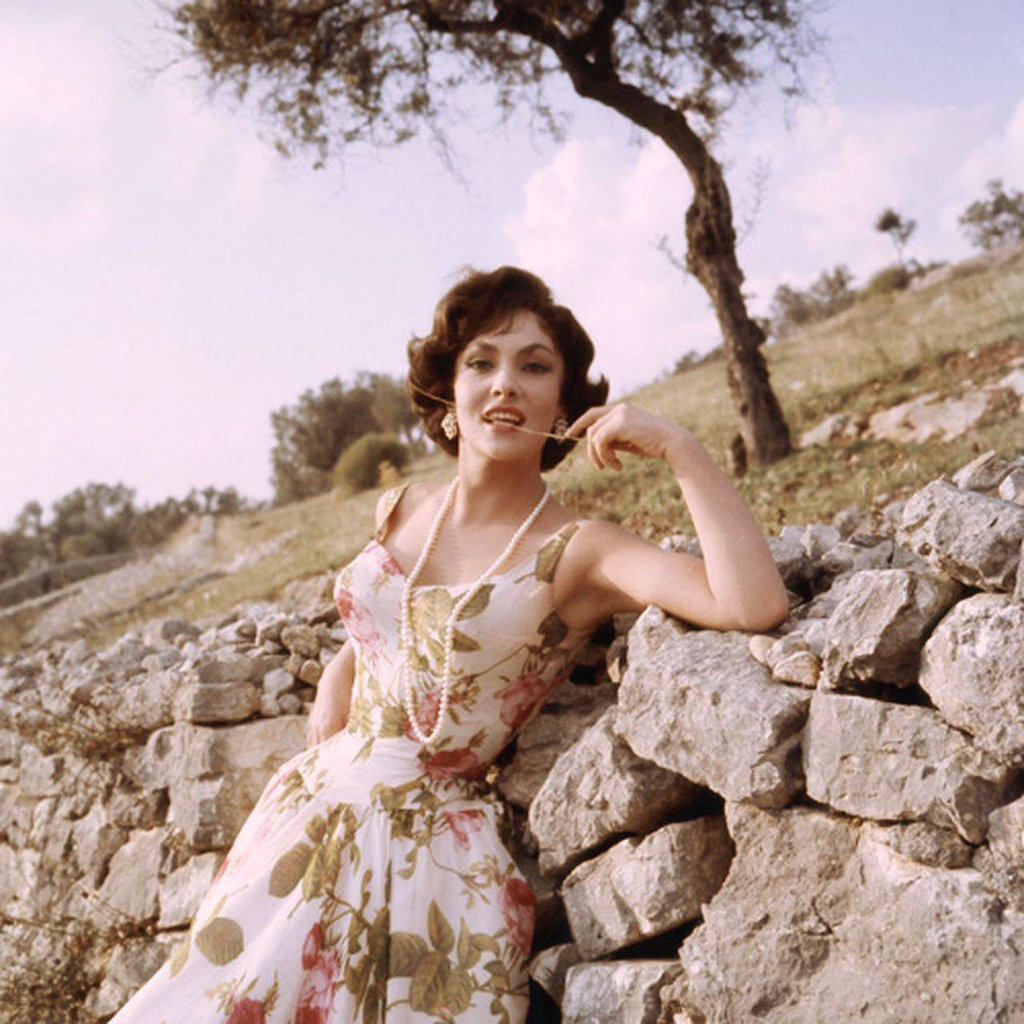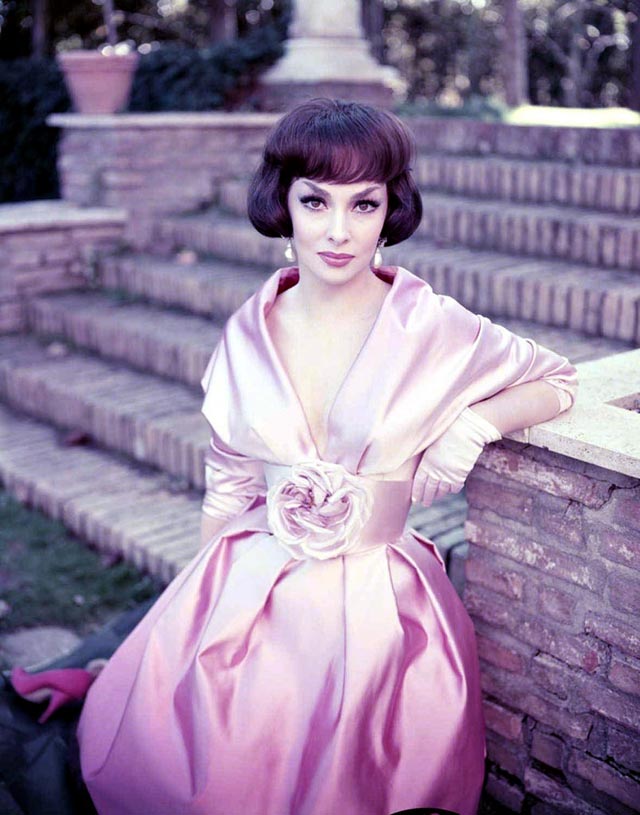With the endearing title of “The Most Beautiful Woman in the World,” she graced both the silver screen and the public consciousness. Gina’s striking beauty and impeccable style transformed her into a global fashion icon. Her jet-black hair, enchanting eyes, and poise made her the embodiment of classic Hollywood glamour. Her image graced magazine covers and fashion spreads, and women around the world sought to emulate her style. Her impact on the world of fashion was profound, and she became synonymous with elegance. Luigia Lollobrigida was born in Subiaco, Lazio in 1927. After the end of World War II, the family moved to Rome, where Lollobrigida took singing lessons, did some modeling, and participated in several beauty contests, placing third in the 1947 Miss Italy contest. In 1946, she began appearing in Italian films in minor roles. Her performance in the Italian romantic comedy Bread, Love and Dreams (1953) led to its becoming a box-office success and her receiving a BAFTA nomination. Lollobrigida appeared in The Wayward Wife (1953) and in Woman of Rome (1954). These were three of her most renowned Italian films, but she worked also in the French industry on such films as Fearless Little Soldier (1952), Beauties of the Night (1952), and Le Grand Jeu (1954). Her first widely seen English-language film, Beat the Devil (1953), was shot in Italy, and directed by John Huston. In this film, she played the wife of Humphrey Bogart, with Jennifer Jones and Robert Morley as her costars. She then took part in the Italian-American production Crossed Swords (1954), co-starring with Errol Flynn. Her performance in The World’s Most Beautiful Woman (also known as Beautiful But Dangerous, 1955) led to her receiving the first David di Donatello for Best Actress award. In the romantic comedy Come September (1961), Lollobrigida had a leading role along with Rock Hudson, Sandra Dee, and Bobby Darin. It was a film for which she won a Golden Globe Award. She appeared, also in 1961, with Ernest Borgnine and Anthony Franciosa in the drama Go Naked in the World. By the 1970s, her film career had slowed down. She appeared in King, Queen, Knave (1972), co-starring with David Niven, and in a few other poorly received productions in the early part of the decade. By the end of the 1970s, Lollobrigida had embarked on what she developed into a successful second career as a photographic journalist. She photographed, among others, Paul Newman, Salvador Dalí, Henry Kissinger, David Cassidy, Audrey Hepburn, Ella Fitzgerald, and the Germany national football team. In 1974 she managed to obtain an exclusive interview with Cuban leader Fidel Castro. Between 1972 and 1994 she published six collections of her photographs, including the 1973 title Italia Mia.
Beyond her public influence, Gina’s philanthropic endeavors and dedication to humanitarian causes further solidified her public perception figure as a compassionate and caring individual. Lollobrigida continued as an active supporter of Italian and Italian-American causes, particularly the National Italian American Foundation (NIAF). In 2008 she received the NIAF Lifetime Achievement Award at the Foundation’s Anniversary Gala. In 2013, she sold her jewellery collection and donated the nearly US$5 million from the sale to benefit stem-cell therapy research.
(Photo credit: Pinterest / Wikimedia Commons / Flickr). Notify me of new posts by email.
Δ Subscribe
